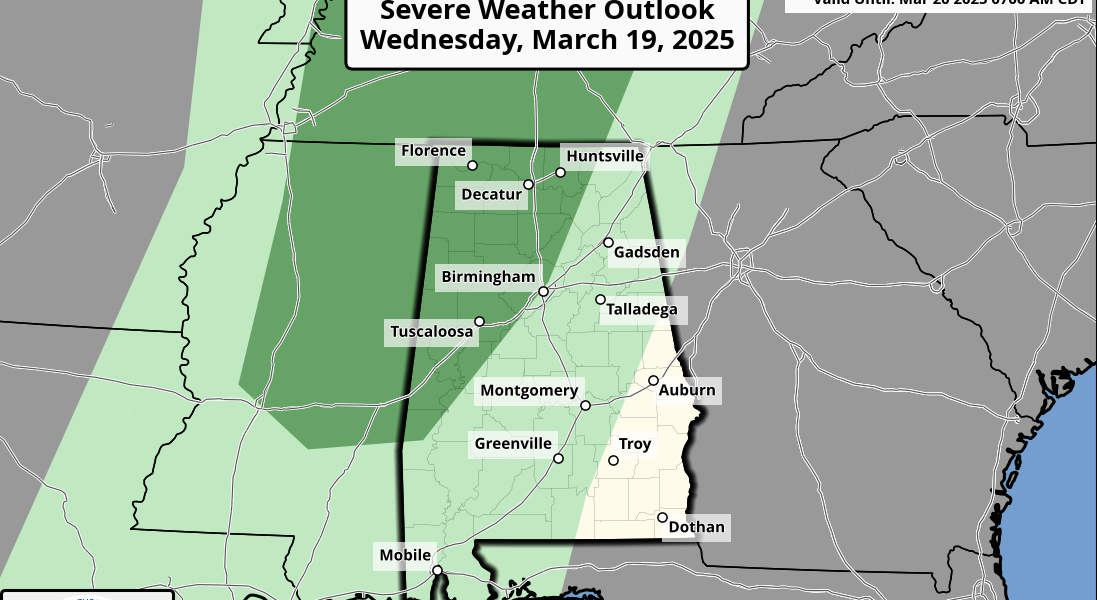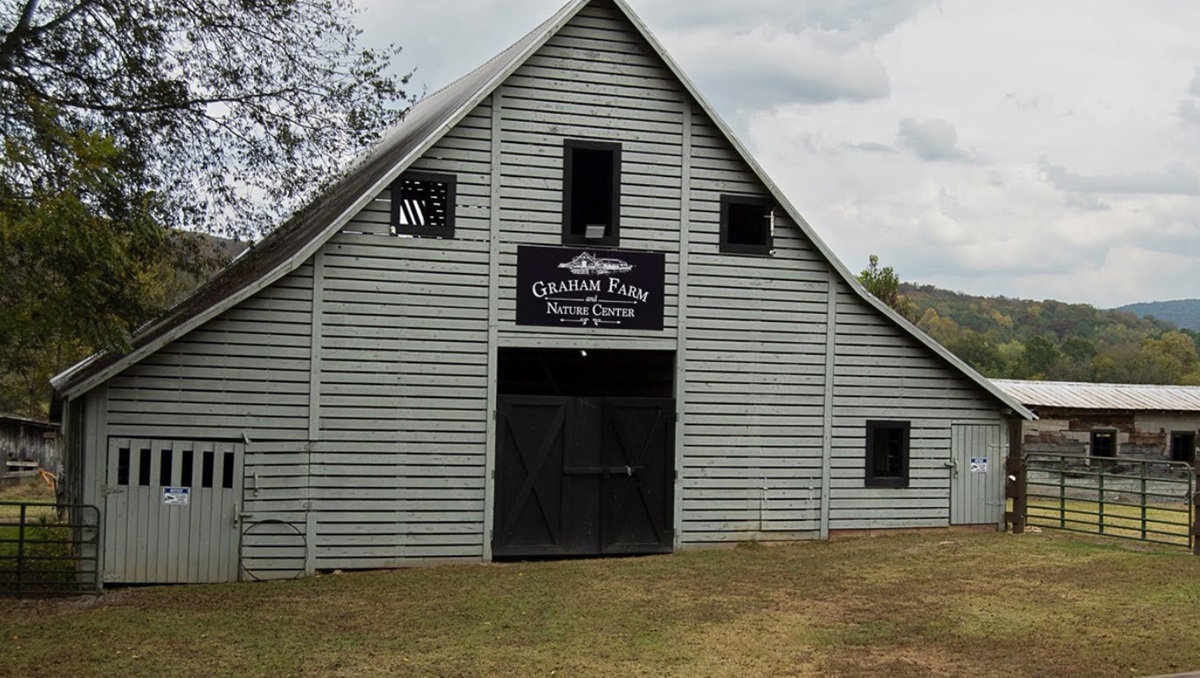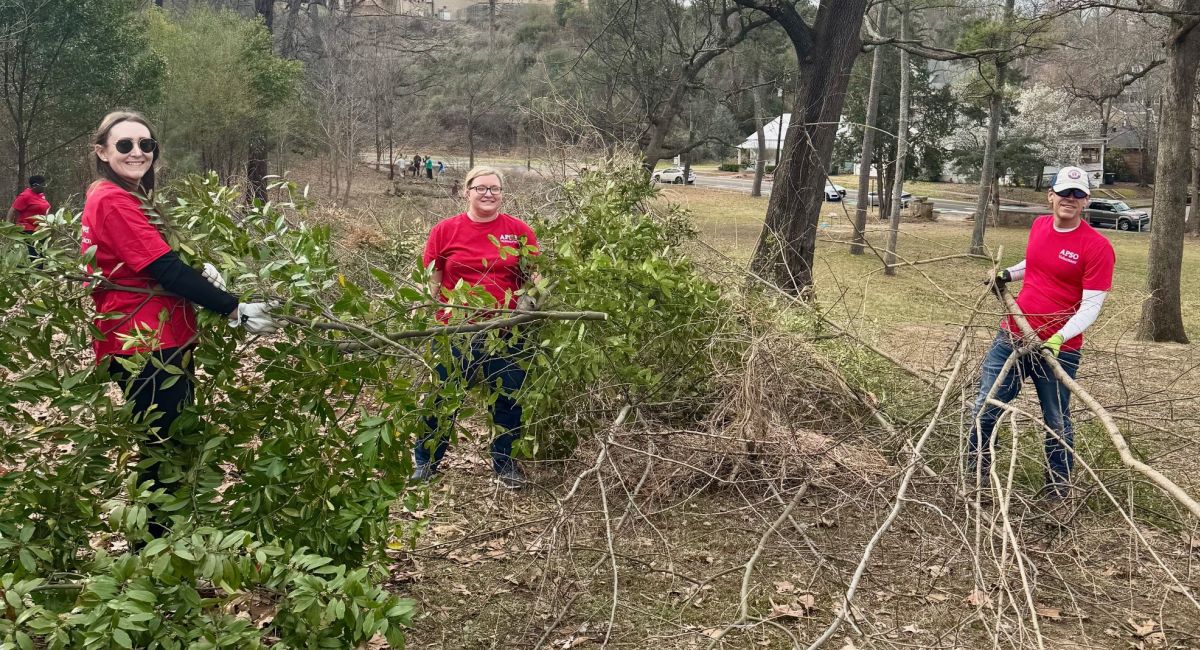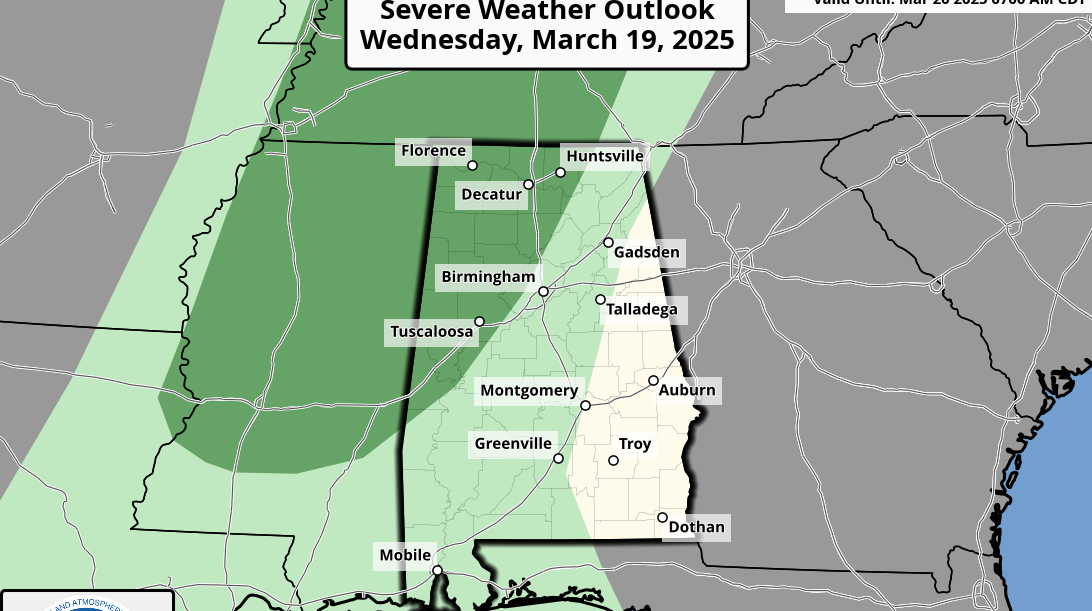Emergency officials give tips for disaster preparation

September marks the 5th Annual National Preparedness Month, and Ready Alabama is reminding Alabamians that it is the perfect time to prepare for emergencies. Ready Alabama, a project of the Alabama Emergency Management Agency (AEMA), is encouraging Alabamians to plan, prepare and stay informed about potential threats during this month of national observation.
National Preparedness Month, sponsored by the U.S. Department of Homeland Security’s Ready America campaign, is a nationwide effort designed to increase awareness as well as encourage individuals, families, businesses and communities to take action to prepare for emergencies. Last year, 1,800 National Preparedness Month Coalition Members worked to create a culture of emergency preparedness in the United States by hosting at least 1,000 events and initiatives during and around September.
The 2014 National Preparedness Month theme is: “Be Disaster Aware, Take Action to Prepare.” Most communities may be impacted by several types of hazards during a lifetime. In Alabama, we face a variety of weather-related emergencies including severe thunderstorms, tornadoes, lighting, hurricanes, flash flooding, river flooding, heat waves, dangerous cold snaps and occasional ice storms. Knowing what to do before, during and after an emergency is a critical part of being prepared and may make all the difference when seconds count.
Some of the basic protective actions are similar for multiple hazards. For example, safety is necessary when experiencing all hazards, whether this means sheltering or evacuating depends on the specific emergency. Developing a family communications plan or making an emergency supply kit are the same for accidental emergencies, natural disasters and also terrorism. However, there are important differences among potential emergencies that should impact the decisions you make and the actions you take.

Before a disaster, learn how you will know there is an impending hazardous event. Familiarize yourself with the signs of events that come without warning and know the local advance alerts and warnings and how you will receive them. Knowing about the local emergency plans for shelter and evacuation and local emergency contacts will help you develop your household plan and will also aid you during a crisis.
Learning what to do in different situations and developing and customizing your plans for your local hazards, the locations frequented by members of your household and the specific needs of household members including animals will help you reduce the impact of disasters and may save lives and prevent injuries.
Some disasters strike without any warning, and family members may not all be in the same place.
- How will you get in touch with each other?
- Where will you meet?
- How will you get out of your house in case of a fire?
- What if your neighborhood is being evacuated?
It’s important to make a plan now so that you will know what to do, how to find each other, and how to communicate in an emergency. You are not helpless in the face of an emergency. With just a few simple steps, you can be prepared by knowing your risk and taking action.
FEMA’s Ready.gov website provides detailed information on what may be most important to you and your family. You can find specific information tailored to specifics needs such as people with disabilities, seniors, assisting children, business readiness, and even information for you pets. There is also an online toolkit to help individuals, businesses or organizations develop and promote their own National Preparedness Month event or activity.

FEMA and AEMA are encouraging everyone to take steps to become better prepared for an emergency, whether it’s at home, at work, at school, or in the community, there’s a lot that you can do to be ready and help others be ready too.






